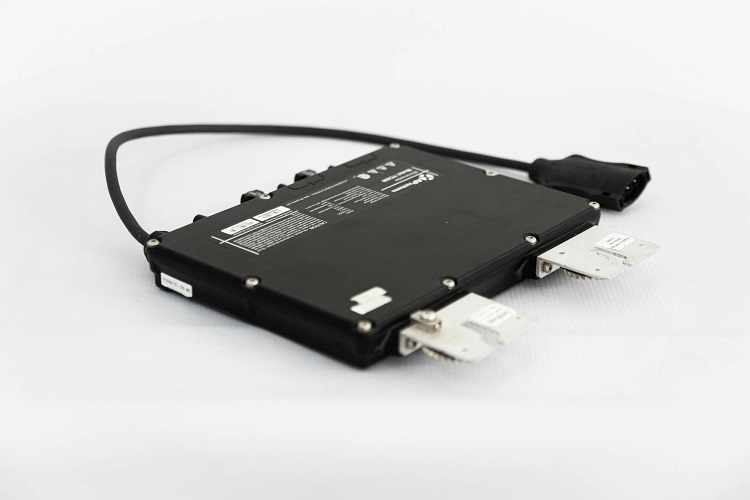In an era where technology evolves at the speed of light, ensuring quality in electronics manufacturing has never been more vital. This high-stakes industry demands not only precision and efficiency but also a splash of creativity to stay ahead. So, how do industry giants and fledgling startups alike maintain the high-quality output that consumers and businesses have grown to expect? Let’s plug into the circuit and find out.
Table of Contents
Assembling with Precision
With designs in hand and materials selected, the assembly process begins. Here, precision is key. Advanced assembly lines utilize both human expertise and robotic precision to ensure each component fits perfectly. This stage is where the conceptual becomes tangible, and the slightest error can lead to significant issues down the line.
Understanding the pivotal role that accurate measurements play in ensuring the success of these precise assembly processes, selecting the right oscilloscope probe is crucial. This is because an oscilloscope probe serves as a critical interface between the device under test and the oscilloscope, allowing for accurate signal acquisition without distortion or degradation.
Material Matters: Choosing the Right Components
Once the blueprint is set, selecting the right materials and components becomes paramount. High-quality components reduce the likelihood of product failures and recalls. This step is akin to choosing the freshest ingredients for a gourmet meal — the better the ingredients, the better the end product.
The Blueprint of Quality: Design and Prototyping
Quality assurance in electronics begins long before the first component is placed on the circuit board. It starts with a robust blueprint. The design phase is critical, incorporating advanced simulation tools to predict how designs will perform in real-world conditions. Prototyping then allows for these designs to be tested, tweaked, and tested again, ensuring that only the most efficient and reliable products make it to the production line.
Testing, Testing, 1, 2, 3: Ensuring Reliability
No electronics product is ready for the market without rigorous testing. This phase aims to catch any defects before they can affect consumers. Testing ranges from simple functionality checks to complex stress tests that simulate years of use in a matter of days. It’s like putting an electronic device through boot camp to ensure it’s ready for anything.
Quality Control: The Guardrails of Manufacturing
Parallel to manufacturing, quality control teams work tirelessly to inspect and verify products at various stages. Through a combination of manual inspections and automated processes, these teams are the unsung heroes ensuring that every product meets the industry’s stringent standards.
Feedback Loops: Learning from the Line
Quality doesn’t stop once the product leaves the factory. Electronics manufacturers maintain extensive feedback loops with customers and service teams. This feedback is invaluable for identifying unforeseen issues and informing future designs, turning every product launch into a learning opportunity.
Embracing Sustainability: The Next Frontier in Quality
As the global call for sustainability grows louder, electronics manufacturers are integrating eco-friendly practices into their production processes. This not only minimizes environmental impact but also meets the growing consumer demand for sustainable products. From reducing waste to utilizing renewable energy sources, the push for green manufacturing is becoming a new benchmark for quality in the industry.
Advancements in Technology: Riding the Wave of Innovation
The relentless pace of technological advancement presents both challenges and opportunities for electronics manufacturers. Staying ahead of the curve requires an investment in research and development, fostering a culture of innovation that can swiftly adapt to new trends and incorporate emerging technologies into product designs.
Global Supply Chains: Navigating Complexities
The globalization of supply chains has added another layer of complexity to electronics manufacturing. Navigating international regulations, managing logistics, and ensuring timely delivery of components are critical for maintaining quality. Manufacturers must be agile, adapting to global market dynamics to prevent supply chain disruptions from affecting product quality.
Final Thoughts
The quest for quality in electronics manufacturing is continuous and ever-evolving. With each advancement in technology, manufacturers are presented with new challenges and opportunities to enhance their products. Yet, at the heart of it all is a simple truth: quality is not just about adherence to standards but about exceeding expectations. In the realm of electronics manufacturing, this means embracing innovation, insisting on precision, and always, always listening to the feedback that powers the next generation of devices.

